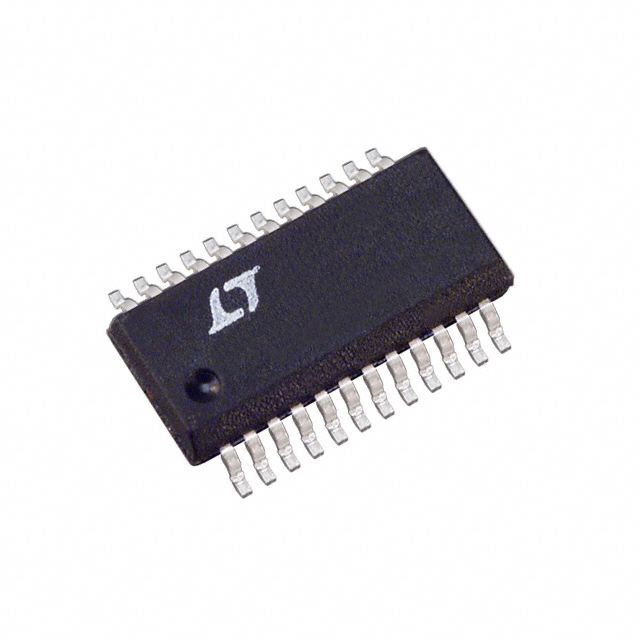LT5546: Features: 17MHz I/Q Lowpass Output Noise Filters Wide Range 1.8V to 5.25V Supply Voltage Frequency Range: 40MHz to 500MHz THD < 0.14% (57dBc) at 800mVP-P Differential Output Level IF Overload De...
floor Price/Ceiling Price
- Part Number:
- LT5546
- Supply Ability:
- 5000
Price Break
- Qty
- 1~5000
- Unit Price
- Negotiable
- Processing time
- 15 Days
SeekIC Buyer Protection PLUS - newly updated for 2013!
- Escrow Protection.
- Guaranteed refunds.
- Secure payments.
- Learn more >>
Month Sales
268 Transactions
Payment Methods
All payment methods are secure and covered by SeekIC Buyer Protection PLUS.

 LT5546 Data Sheet
LT5546 Data Sheet







